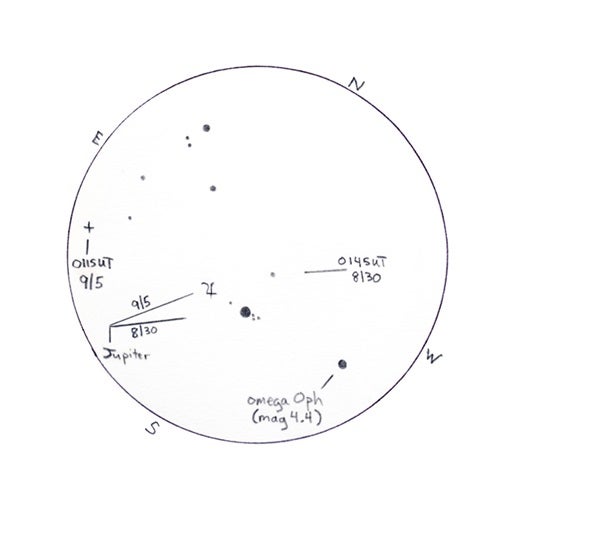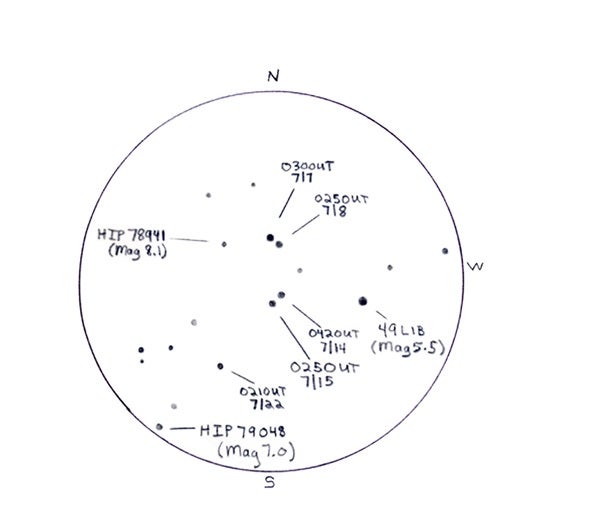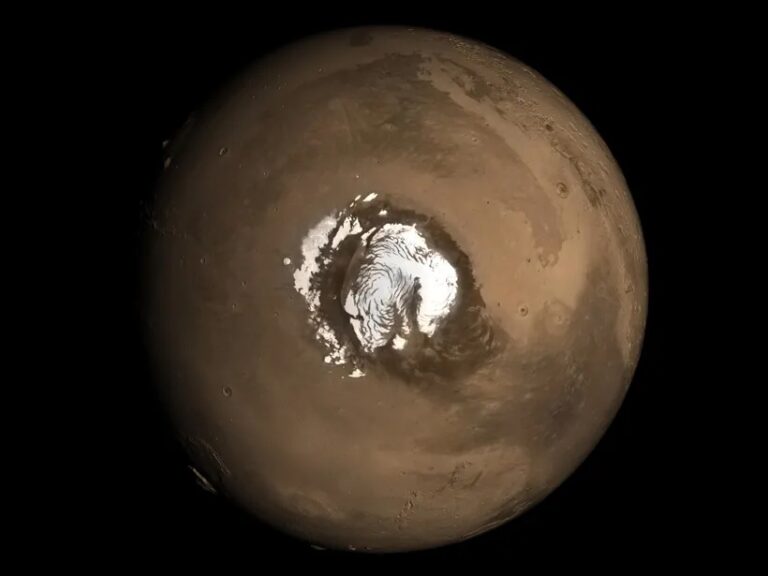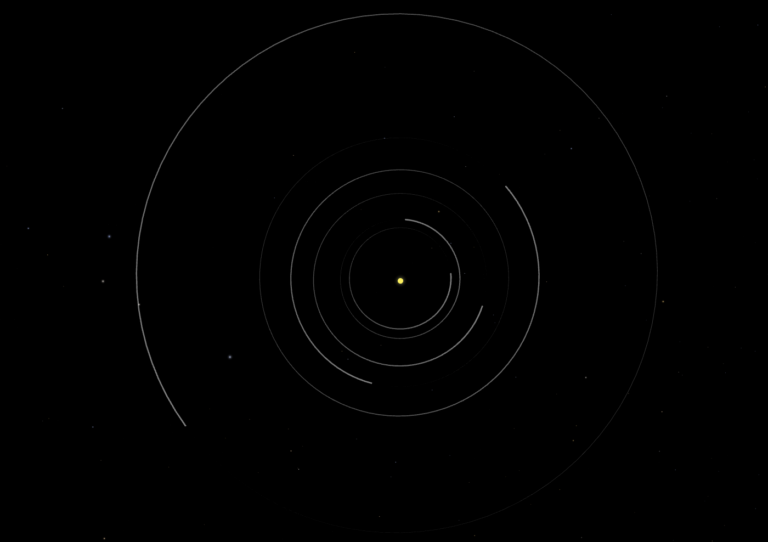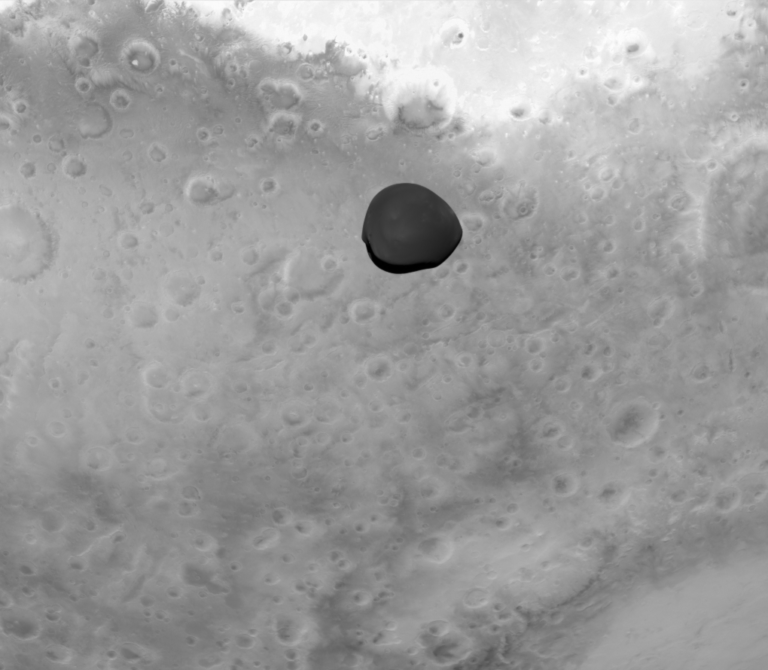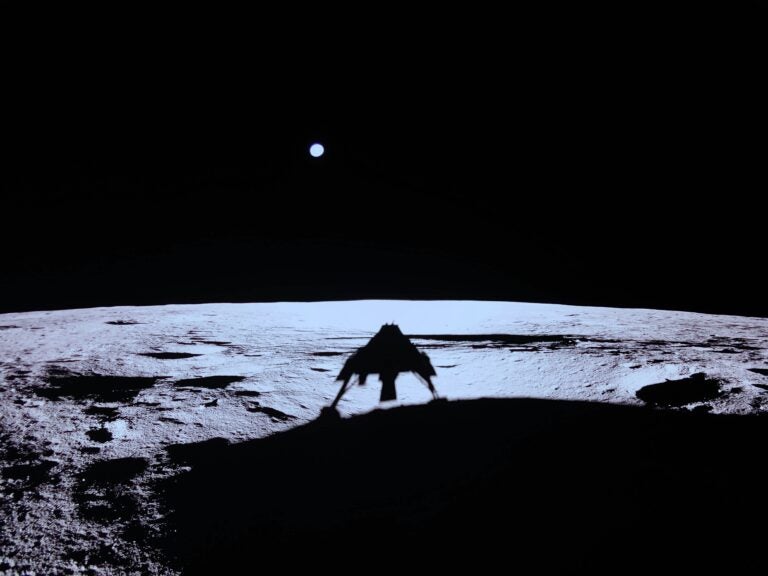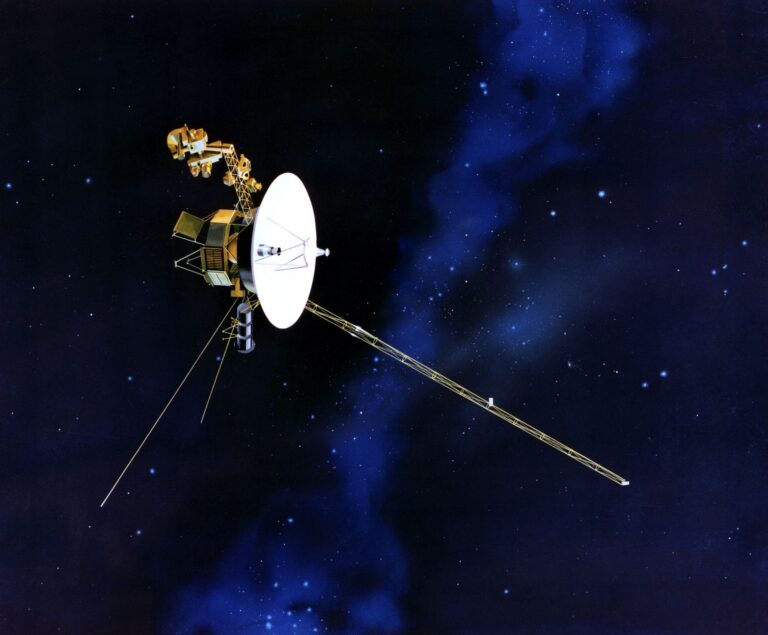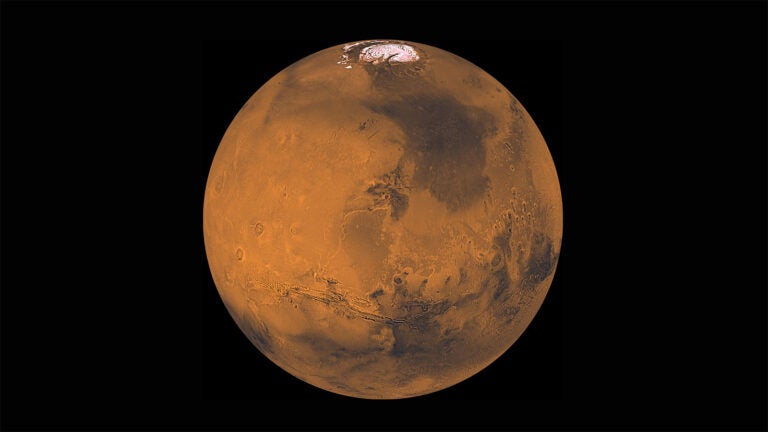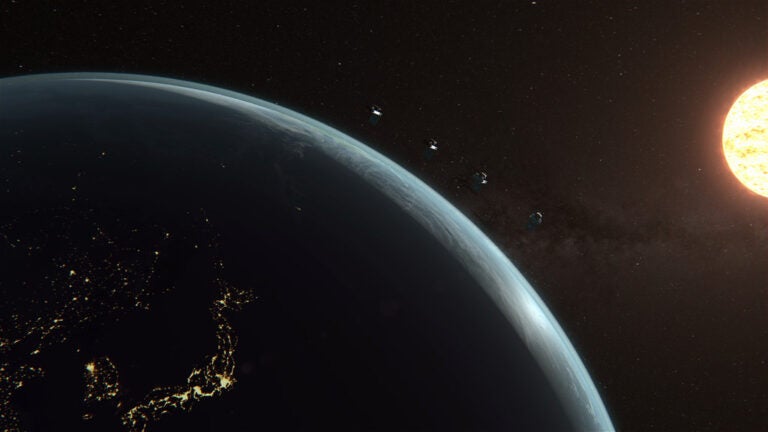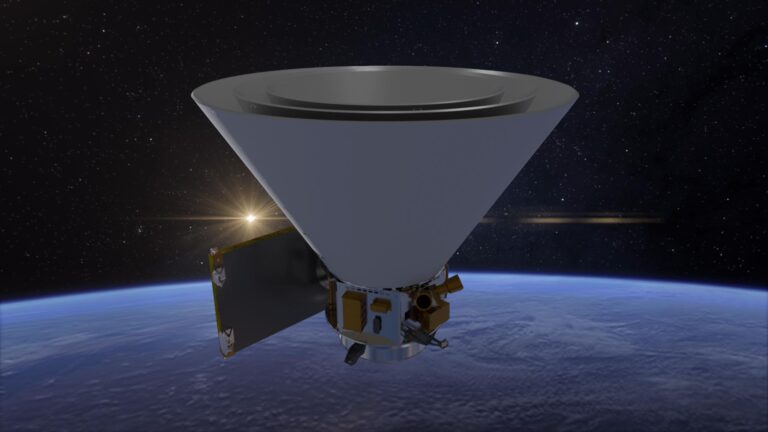Within the main asteroid belt, which lies between Mars and Jupiter, are two of the oldest and most massive surviving residents, Ceres and Vesta. The formation of Jupiter interrupted their growths, and during the past 4.5 billion years, they have taken opposite evolutionary paths. Vesta is a rocky asteroid whose face basaltic lava flows and impacts have changed. Ceres, on the other hand, remains basically in its icy primordial state, although cratered.
This pair presents a great opportunity for scientists to study the origin and evolution of our solar system. As part of NASA’s Discovery Program, the agency launched the Dawn spacecraft in 2007 on an 8.5-year voyage through the asteroid belt. Scientists already have received data from Dawn’s 14-month rendezvous (July 2011 to September 2012) with Vesta, and now the craft is en route to allow Ceres’ gravitational pull to capture it in March 2015.
Vesta and Ceres, measuring 326 miles (525 kilometers) wide and 590 miles (950km) wide, respectively, are too small for observers to spot surface details using earthbound telescopes. You can, however, locate these bodies and track their positions. All you need is an up-to-date ephemeris, a sketchpad, a pencil, and binoculars or a scope.
NASA’s Jet Propulsion Laboratory made available a limited Web-based interface to its HORIZONS system, which provides solar system data and accurate ephemerides that you can tailor to specific observing dates and locations. Just head online to http://ssd.jpl.nasa.gov/horizons.cgi.
As luck would have it, both asteroids are currently viewable in the constellation Virgo the Maiden. (See “View Ceres and Vesta at their best” on p. 52.) Opposition (when an object lies opposite the Sun in our sky) occurs April 13 for Vesta. Around that time, it is visible to the naked eye at magnitude 5.8. Only two days later, Ceres brightens to 7th magnitude.
To track an asteroid over several days, the star field you sketch must be large enough to include room for the asteroid’s projected path. Label the names and magnitudes of a few known stars, and then mark the north-south and east-west orientations. Asteroids look just like stars, but they will have moved relative to the stars when you revisit them a few hours later.
Plot Vesta or Ceres within the star field, and compare its magnitude to the surrounding stars. Label the date, time, and your estimate of its magnitude next to each plotted position, or record the positions by letters with the relevant data noted just outside the sketch circle.
And be aware that there may be some added value to your efforts: The Amateur Observers’ Program supports the Dawn mission and welcomes written reports and sketches that show the motion of asteroids over several nights. Visit its website at http://dawn-aop.astro.umd.edu/index.shtml to learn how you can contribute.
Do you have questions or suggestions? Contact me at erikarix1@gmail.com.


